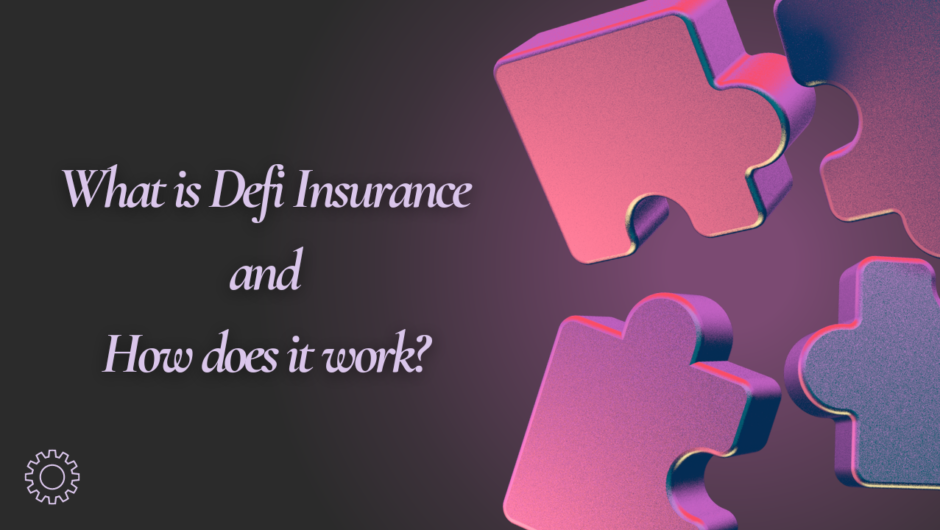Health insurance on the Marketplace, often part of the Affordable Care Act (ACA), offers essential for individuals and families. It provides access to a range of healthcare services, including preventive care, hospitalization, and prescription drugs, promoting financial security by mitigating out-of-pocket expenses during medical emergencies. The Marketplace facilitates comparison shopping among various plans, often with subsidies for low-income earners, enhancing affordability. However, drawbacks include potential limitations in provider networks, varying coverage levels, and administrative complexities in selecting and managing plans. Understanding these facets is crucial for individuals navigating healthcare options to ensure comprehensive and suitable coverage tailored to their needs.

Advantages of Health Insurance: Why It Matters
Health insurance offers several key benefits that contribute to both financial security and overall well-being. Here are some of the main advantages, supported by data:
1. Financial Protection from High Medical Costs
Health insurance provides substantial financial protection against high medical expenses. According to a 2023 report from the Kaiser Family Foundation, the average cost of a hospital stay in the U.S. is about $11,700 per stay. Without insurance, individuals would bear these costs out-of-pocket, which could be a significant financial burden. Health insurance helps by covering a large portion of these expenses, including hospitalization, surgeries, and prescription medications. For instance, a study published in Health Affairs found that insurance coverage can reduce out-of-pocket medical expenses by up to 70% for individuals with serious conditions.
2. Access to a Network of Healthcare Providers
Health insurance plans often come with a network of preferred healthcare providers and facilities. This network ensures that you have access to quality healthcare services. The National Committee for Quality Assurance (NCQA) reports that people with health insurance are more likely to have regular doctor visits and receive preventive care. For example, the U.S. Department of Health and Human Services found that insurance coverage increases the likelihood of having a primary care provider by 30%, ensuring timely and effective medical care.
3. Peace of Mind
Having health insurance offers peace of mind by providing financial protection in case of medical emergencies or unexpected health issues. Research from the National Institutes of Health (NIH) shows that insured individuals are less likely to delay seeking medical care due to cost concerns. This assurance allows individuals to focus on their recovery and well-being without the stress of potential high medical bills.
4. Tax Benefits under Section 80D
Under Section 80D of the Income Tax Act, premiums paid towards health insurance policies are eligible for tax deductions. The maximum deduction limit is Rs. 25,000 for individuals and Rs. 50,000 for senior citizens. In cases where both the policyholder and their parents are senior citizens, the deduction limit can increase to Rs. 1,00,000 (Rs. 50,000 + Rs. 50,000). This tax benefit helps in reducing taxable income, providing additional financial relief for policyholders.
5. Coverage for Preventive Services
Many health insurance plans include coverage for preventive services such as vaccinations, screenings, and annual check-ups. Preventive care is crucial for early detection of health issues and can prevent more severe and costly conditions. The Centers for Disease Control and Prevention (CDC) reports that access to preventive services can reduce healthcare costs by up to $30 billion annually in the U.S. Additionally, a study by the American Journal of Preventive Medicine shows that preventive care can reduce the incidence of chronic diseases by up to 30%, leading to improved health outcomes and lower long-term costs.
Drawbacks of Health Insurance
Health insurance offers vital financial protection and access to healthcare services, but it also comes with significant considerations.
1. High Premium Costs: Managing Financial Strain
One of the primary drawbacks of health insurance is the potential for high premium costs. According to data from the Centers for Medicare & Medicaid Services (CMS), average health insurance premiums have risen steadily over the years. For individuals with limited incomes or tight budgets, these costs can pose a substantial financial strain. Factors such as age, health status, and coverage type influence premium variations, making it essential to carefully assess affordability when choosing a plan.
2. Exclusions and Limitations in Coverage
Health insurance policies often include exclusions and limitations on coverage. Certain treatments, medications, or procedures may not be covered or may require specific conditions for inclusion. Research published by Health Affairs highlights that coverage limitations can lead to unexpected out-of-pocket expenses for policyholders. Understanding policy terms and conditions helps individuals anticipate potential costs and plan for medical needs effectively.
3. Network Restrictions: Balancing Access and Choice
Many health insurance plans operate with networks of preferred healthcare providers and hospitals. While this setup ensures access to quality care within the network, it may limit choices for individuals who prefer specific doctors or facilities outside the network. The Henry J. Kaiser Family Foundation reports that about 57% of individuals with employer-sponsored insurance are enrolled in plans with restrictive networks. Considering these network restrictions is crucial to avoid unexpected costs or limitations in care options.
4. Factors Affecting Premiums: Planning for Financial Impact
Health insurance premiums can increase over time, particularly as individuals age or if they have pre-existing medical conditions. Data from the National Conference of State Legislatures indicates that healthcare costs have been rising steadily, influencing premium adjustments. These rising costs can strain budgets and pose challenges in affording adequate coverage. It’s essential to incorporate potential premium increases into long-term healthcare expense planning to ensure financial preparedness.
5. Dealing with Paperwork and Administrative Hassles
Handling health insurance paperwork and administrative processes can be time-consuming and complex. According to a survey by the American Medical Association, physicians spend an average of 16.4 hours per week on administrative tasks related to insurance claims and approvals. Understanding policy terms, filing claims, and coordinating with providers are crucial but can lead to administrative hassles. Being prepared with necessary paperwork and information helps streamline these processes.
Here’s a summary table outlining the advantages and disadvantages of Health Insurance on the Marketplace based on the information provided:
| Advantages | Disadvantages |
|---|---|
| Financial protection from high medical costs | High premium costs |
| Access to a network of healthcare providers | Coverage exclusions and limitations |
| Coverage for preventive services | Network restrictions limiting choice |
| Peace of mind with financial security | Administrative hassles with paperwork |
| Tax benefits under Section 80D | Premiums can increase over time, especially with age or pre-existing conditions |
Balancing these pros and cons is essential for selecting a suitable health insurance plan. By understanding both the benefits and drawbacks, individuals can make informed decisions to secure effective and affordable health coverage.
Frequently asked questions (FAQs)
1. What is a deductible in health insurance?
A deductible is the amount of money you must pay out-of-pocket for healthcare services before your insurance plan starts to pay. For example, if your deductible is $1,000, you will need to pay $1,000 towards covered medical expenses before your insurance begins to cover costs.
2. What are network restrictions in health insurance?
Network restrictions refer to the list of healthcare providers, hospitals, and facilities that are contracted with your insurance plan. In-network providers typically have lower costs for covered services, while out-of-network providers may result in higher out-of-pocket expenses or may not be covered at all.
3. How do pre-existing conditions affect health insurance coverage?
Pre-existing conditions are health issues that exist before you apply for health insurance coverage. The Affordable Care Act (ACA) prohibits insurers from denying coverage or charging higher premiums based on pre-existing conditions. Health insurance plans are required to cover treatment for pre-existing conditions as part of essential health benefits.
Read More:

Hello, I am Tanisha Kriplani, graduated in computer science from Delhi University. I am passionate about web content writing and have a strong interest in Data Analytics and Data Engineering.












